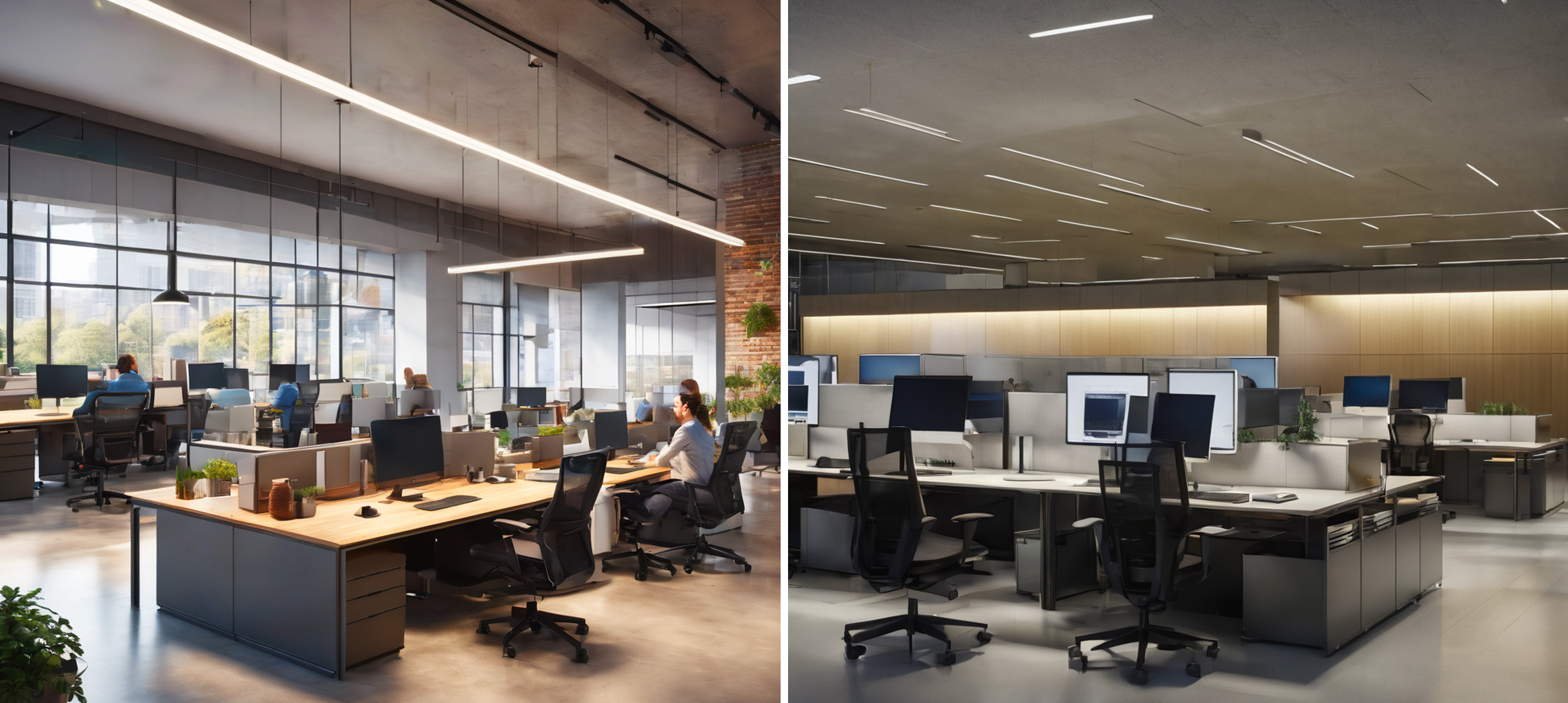Light is not just a functional aspect of architectural design; it's a powerful tool that can influence our emotions, behaviors, and overall well-being. In this blog, we'll explore the fascinating world of the psychology of light, delving into how different lighting conditions can impact human feelings, actions, and productivity.
Circadian Rhythms and Well-Being
The human body has an internal clock, known as the circadian rhythm, which regulates our sleep-wake cycle and physiological processes. Exposure to natural daylight helps synchronize these rhythms, promoting alertness during the day and restful sleep at night.
In architectural design, lighting systems that mimic natural daylight can enhance our well-being by promoting better sleep patterns, mood, and overall health. Offices, healthcare facilities, and educational institutions are increasingly incorporating circadian lighting solutions to support occupants' circadian rhythms and overall vitality.
Emotion and Ambiance
The color temperature of light, measured in Kelvin (K), plays a crucial role in influencing our emotions. Cool, bluish lighting (higher Kelvin values) is associated with alertness and focus, making it suitable for workspaces. Warm, reddish lighting (lower Kelvin values) promotes relaxation and comfort, making it suitable for hospitality and residential spaces.
Moreover, the intensity of light can evoke different emotional responses. Bright, well-lit spaces can create feelings of energy and positivity, while soft, low-intensity lighting can foster relaxation and intimacy.
Behavior and Productivity
Lighting conditions have a direct impact on human behavior and productivity. Well-lit environments are conducive to focus and task performance. In offices, proper lighting can reduce eye strain and fatigue, improving employees' concentration and overall efficiency.
On the other hand, too much glare or poor lighting can have the opposite effect, leading to decreased productivity and discomfort. Behavioral responses to lighting conditions can be observed in various settings, from the workplace to educational institutions and retail spaces.
Spatial Perception and Wayfinding
Lighting is essential for spatial perception and wayfinding in architectural design. Adequate lighting aids in the perception of depth, dimension, and spatial orientation. It guides occupants through spaces, communicates the flow of a building, and enhances safety.
Incorporating lighting into wayfinding strategies is especially important in large public spaces, healthcare facilities, and transportation hubs. Effective use of lighting can simplify navigation and create a sense of security.
Mood and Health
Lighting can also have a significant impact on mental health. Exposure to natural light, whether through windows or artificial circadian lighting systems, has been linked to reduced symptoms of depression and improved mood. This is particularly relevant in healthcare settings, where patients benefit from access to natural light and well-designed lighting environments.
On the other hand, insufficient or poor-quality lighting can contribute to Seasonal Affective Disorder (SAD) and negatively affect mood and mental well-being. Addressing these concerns through architectural lighting design can have a profound impact on occupants' health and happiness.
Conclusion
The psychology of light is a captivating field that reveals the profound ways in which lighting influences human emotions, behaviors, and overall well-being. Architects, designers, and lighting professionals are increasingly recognizing the potential of lighting to create spaces that promote alertness, positivity, and productivity while improving mental health and overall comfort. By understanding the psychology of light, they can craft environments that resonate with the occupants on an emotional and behavioral level.
Stay tuned for our next blog, "The Future of Architectural Lighting: Emerging Technologies and Trends," where we'll explore the cutting-edge innovations shaping the world of architectural lighting in the years to come.

No Comments.